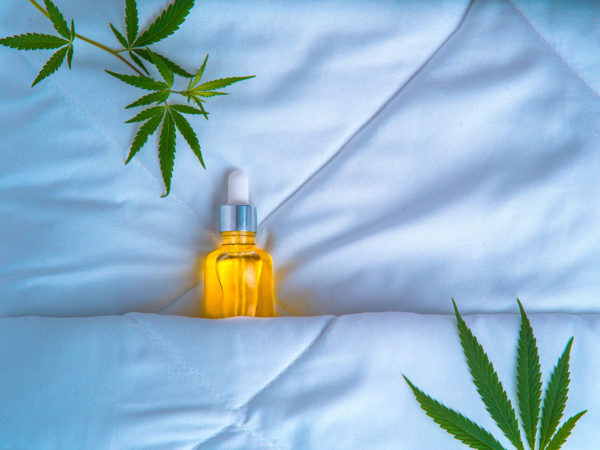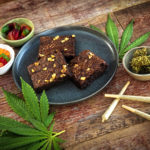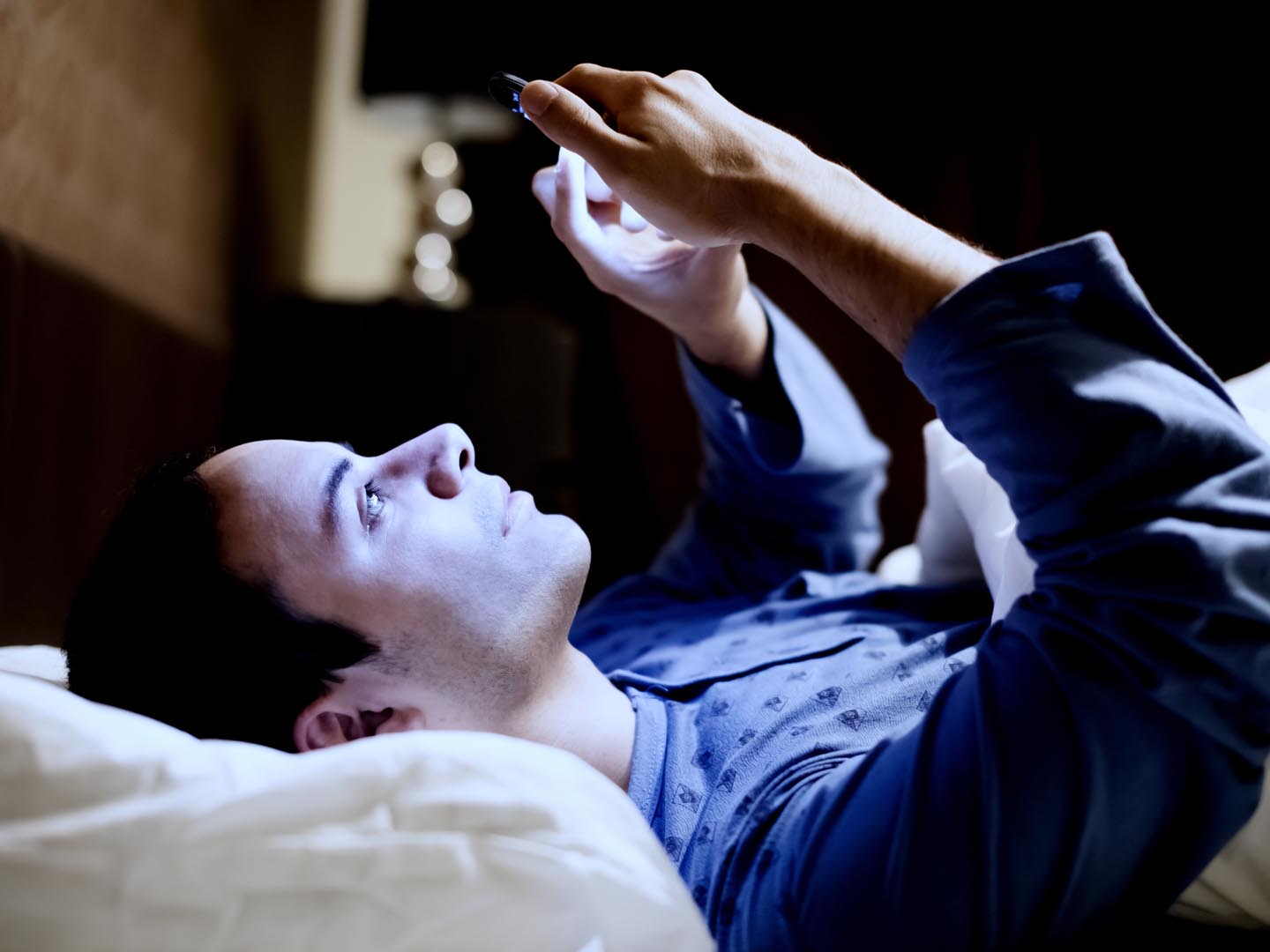Best Cannabis Strain For Insomnia?
When I’m shopping at a cannabis dispensary, how do I know what strains are the best for help with insomnia?
Andrew Weil, M.D. | April 15, 2025

That’s a difficult question to answer for several reasons. The cannabis on your dispensary’s shelf may come from local growers they’ve contracted with or from their own production facility. Strains with similar names may not be the same from one cultivation site to another. A strain common in one area may be unavailable in another. There is also a wide range of individual responses to different products, as well as highly personal preferences for taste and aroma. I can’t tell you which specific strains might be best for you, but I can provide a little background to help guide you on your next visit to a dispensary.
There are two main cannabis species, Cannabis sativa and Cannabis indica, and many of the products available commercially are hybrids of the two. Within each of those species are hundreds if not thousands of different strains, with growers creating new ones and hybrids all the time. In general, sativa has greater relative concentrations of THC than indica, which has more CBD, but those are only two of the more than 144 known compounds in the cannabis plant. Differences among strains may depend on those other compounds, none of which has been studied as much as THC and CBD. Even those two have not gotten sufficient attention, since federal restrictions that conflict with state laws have created a difficult environment for research.
As a rule, though, strains that are higher in THC will have more of a psychoactive effect; those with greater amounts of CBD are more sedative, so indica may be better for addressing insomnia. Even that is not a one-size-fits-all answer, though. In small doses THC can help you get to sleep faster but in larger doses it interferes with REM sleep, while CBD can have a stimulating effect in low doses and a sedating effect at higher ones. Remember that those are just the species – within those species are many different strains with various levels of THC, CBD, and other cannabinoids.
Some research teams are beginning to more formally investigate cannabinol (CBN), one of the minor cannabinoids, to examine its effect on sleep. A placebo-controlled clinical trial in 2023 studied sleep quality in those taking CBN alone and in combination with CBD. Participants who were given 20 mg of CBN saw a reduction in sleep disturbances (the addition of CBD did not affect the outcomes). In a more recent preliminary study in rats, CBN increased both non-rapid eye movement and rapid eye movement (REM) sleep. There are some commercial products containing CBN now on the market as sleep aids, but we don’t yet have enough evidence to make recommendations.
The staff at your local dispensary will probably be your best guides to what strains are useful and available at any given moment. They may also be able to identify strains that are higher in CBN. Start with a small dose to see how it affects you. Keep in mind that everyone responds differently.
For those with insomnia, another group of compounds found in cannabis called terpenoids may be of interest. They are best known for their aromas but several have significant bioactive properties. A terpenoid called linalool is found not only in cannabis but also in lavender, accounting for that herb’s calming and relaxing effect. A strain that includes it may be a good choice for you. (You may want to try a lavender essential oil first.) I have written about other natural treatments for insomnia here.
Andrew Weil, M.D.
Sources
Freeman T P, Hindocha C, Green S F, Bloomfield M A P. “Medicinal use of cannabis based products and cannabinoids” BMJ 2019; 365 :l1141 doi:10.1136/bmj.l1141 bmj/content/365/bmj.l1141
Booth JK, Bohlmann J. “Terpenes in Cannabis sativa – From plant genome to humans.” Plant Sci. 2019 Jul;284:67-72. doi: 10.1016/j.plantsci.2019.03.022. Epub 2019 Apr 4. PMID: 31084880. pubmed.ncbi.nlm.nih/31084880/
Vaillancourt R, Gallagher S, Cameron JD, Dhalla R. “Cannabis use in patients with insomnia and sleep disorders: Retrospective chart review.” Can Pharm J (Ott). 2022 Apr 15;155(3):175-180. doi: 10.1177/17151635221089617. PMID: 35519083; PMCID: PMC9067069. pmc.ncbi.nlm.nih.gov/articles/PMC9067069/
Arnold JC, Occelli Hanbury-Brown CV, Anderson LL, Bedoya-Pérez MA, Udoh M, Sharman LA, Raymond JS, Doohan PT, Ametovski A, McGregor IS. “A sleepy cannabis constituent: cannabinol and its active metabolite influence sleep architecture in rats.” Neuropsychopharmacology. 2025 Feb;50(3):586-595. doi: 10.1038/s41386-024-02018-7. Epub 2024 Nov 12. PMID: 39528623; PMCID: PMC11736144. /pubmed.ncbi.nlm.nih/39528623/
Bonn-Miller MO, Feldner MT, Bynion TM, Eglit GML, Brunstetter M, Kalaba M, Zvorsky I, Peters EN, Hennesy M. “A double-blind, randomized, placebo-controlled study of the safety and effects of CBN with and without CBD on sleep quality.” Exp Clin Psychopharmacol. 2024 Jun;32(3):277-284. doi: 10.1037/pha0000682. Epub 2023 Oct 5. PMID: 37796540. pubmed.ncbi.nlm.nih37796540/












